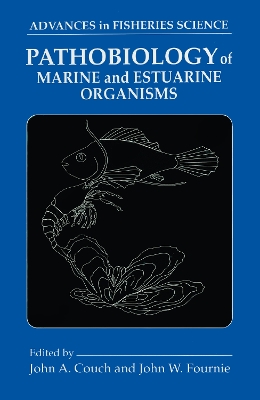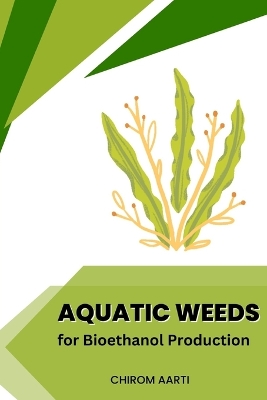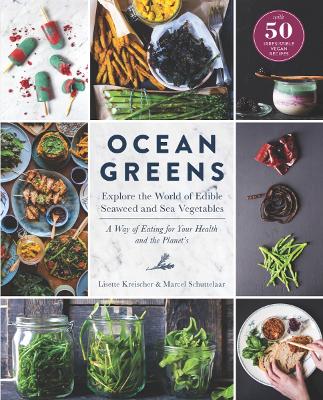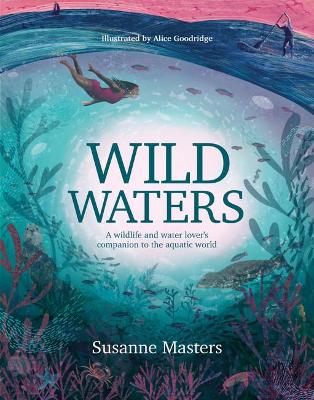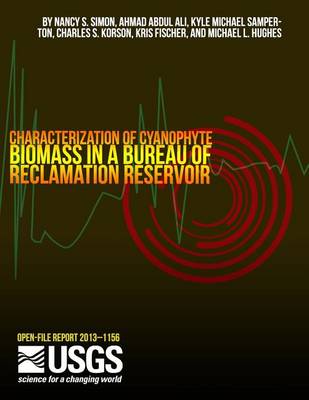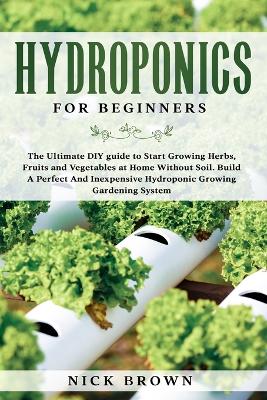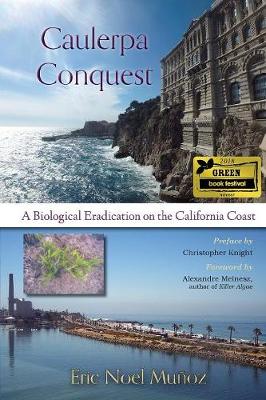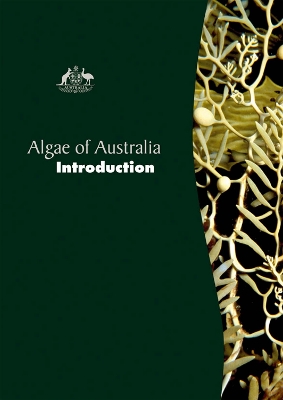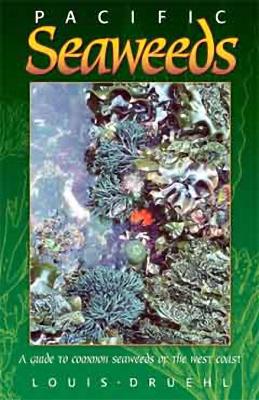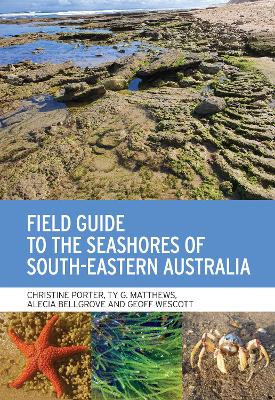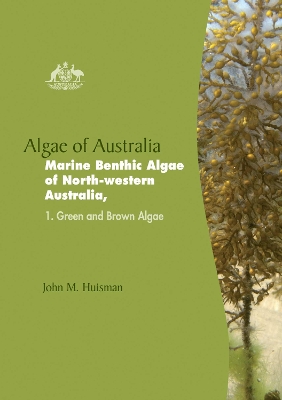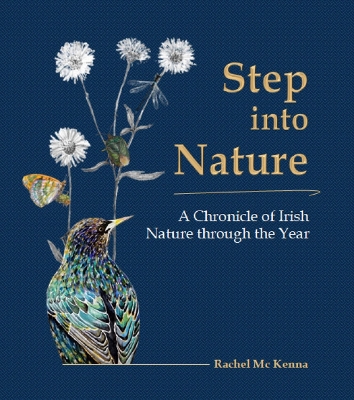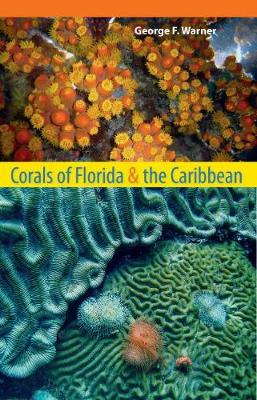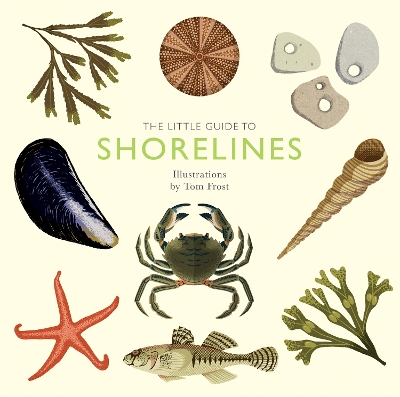Pathobiology of Marine and Estuarine Organisms
Pathobiology of Marine and Estuarine Organisms is a comprehensive, up-to-date review of aquatic animal pathobiology covering infectious and non-infectious diseases of vertebrates such as marine mammals and fishes, in addition to diseases of invertebrates such as crustacea, mollusks, and lower phyla. The book provides critical information on viral, fungal, bacterial, parasitic, and neoplastic diseases of fish and invertebrates. Written by top-notch experts in the field, Pathobiology of Marine and...
Water Clean and Dirty (River Friend, #7)
by Tina Bone and Sylvia M Haslam
This comprehensive guide to wetland weeds covers both native and introduced species, ranging from minor or localised environmental problems to those that should not be tolerated in any situation. The author takes a pragmatic approach to weed control, recognising that some weeds may not be possible to eradicate, and emphasising the need to assess the extent and future potential of any infestation before taking action. Weed control should be planned in the context of the overall management goa...
Ocean Greens
by Lisette Kreischer, Marcel Schuttelaar, and North Sea Farm
About seventy-one per cent of the Earth’s surface is water, and even on dry land we remain closely connected to aquatic life. It provides us with oxygen, food, medicine and materials. Wild waterlife infiltrates our lives in many surprising ways. Every other breath we take is filled with oxygen provided by ocean-dwelling microscopic plants. A type of seaweed provides a means to directly test whether people are infected with viruses, including Covid-19. Robotics design takes inspiration from a pik...
Characterization of Cyanophyte Biomass in a Bureau of Reclamation Reservoir
by Ahmad Abdul Ali, Kyle Michael Samperton, and Charles S Korson
Algae are essential components of marine and freshwater habitats in and around Australia. They play a critical role in nutrient cycling, as food and shelter for invertebrates and fish, and some have considerable potential as biological indicators of the health of aquatic habitats. At least 12,000 marine, freshwater and terrestrial species are thought to occur in Australia, but many are yet to be described or fully documented. It is hoped that the series Algae of Australia will stimulate research...
The marine algae are plants of considerable biological and economic importance. The Nemaliales, one of the most diverse and significant orders of red algae in Australian waters, is found on shores, in rockpools and in the subtidal on all coasts of Australia. These beautiful and unusual plants offer a spectacular range of form and colour; some are relatively firm and chalky, others are worm-like or are highly mucilaginous and have the consistency of jelly. This volume is richly illustrated with c...
Field Guide to the Seashores of South-Eastern Australia
by Christine Porter, Geoff Wescott, Alecia Bellgrove, and Ty G. Matthews
Algae of Australia Marine Benthic Algae of North-Western Australia
by John Huisman
Australia's vast north-west coast can justifiably be described as a frontier wilderness: sparsely populated, incredibly beautiful but often inhospitable, with a rich but largely undocumented biodiversity. For over a decade, Dr John Huisman, in collaboration with students and colleagues, has collected and studied the marine plants of the region, these activities uncovering numerous undescribed genera and species and resulting in a many fold increase in the known flora. His accounts of the marine...
Step into Nature is a week-by-week Irish nature diary that serves as a personal invitation to explore the wonders of the natural world. Author and naturalist Rachel McKenna guides readers through every season, showcasing the fascinating wildlife that surrounds us, from the 'vibrant fungi of January' to the 'intricate ecosystems of old stone walls.' With engaging prose, McKenna strikes the perfect balance between information and inspiration, enhancing the reader's understanding of the natural wor...
With their stunning beauty and biodiversity, the coral reefs of Florida and the Caribbean are part playground and part research lab for the thousands of tourists, divers, and marine scientists who visit them each year. Documenting the wide array of corals that live in the warm waters of the Caribbean, George Warner’s Corals of Florida and the Caribbean provides an easy-to-use (and carry) guidebook that is both scientific and reader friendly. Beyond detailing the varieties of corals found in t...
Dive into the fascinating world of coastal wildlife with this holiday pocket guide. Featuring 40 beautifully illustrated pebbles, shells, crabs, small sea creatures and more, discover more about life between the tides with The Little Guide to Shorelines. Each entry has been delicately illustrated by printmaker Tom Frost to capture its individual characteristics, and is accompanied by associated facts and fables. There is also an interactive spotter's guide at the back, where you can check off...
Medicinal Marine Microbiota
Marine biota includes marine microbes, plants, and animals that constitute about 50% of the total world biodiversity, and they have the potential of being a rich source of bioactive compounds that can be beneficial in the prevention of cancer, heart disease, and other diseases. However, the use of marine biota is largely unexplored, especially in the development of new drugs. This new book presents a comprehensive take on the topic of medically important marine microbiota, exploring medicinal co...
Uncover what lies at the deepest depths of our oceans...In ten brief and informative essays, marine biologist and TV science advisor Professor Jon Copley journeys to one of the most mysterious and fascinating environments on Earth, the deep sea. Discover what makes this unique habitat such a challenging environment, the creatures that call it home and how ocean explorers are able to utilise the latest technology to aid their research and travel miles below the ocean surface.The Deep Sea: 10 thin...
Oceanography and Marine Biology (Oceanography and Marine Biology - An Annual Review, #58)
Ever-increasing interest in oceanography and marine biology and their relevance to global environmental issues create a demand for authoritative reviews summarizing the results of recent research. Oceanography and Marine Biology: An Annual Review has catered to this demand since its founding by the late Harold Barnes more than 50 years ago. Its objectives are to consider, annually, the basic areas of marine research, returning to them when appropriate in future volumes; to deal with subjects of...
